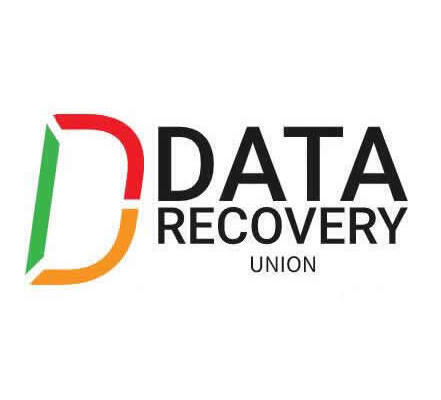
Some typical malfunctions of hard drives and methods of their repair
Always to make repairing hard drive it is necessary to use special complicated eqipments, but sometimes you need desoldering station and programmator only. In the last part of our descriptive survey we would like to address some typical malfunctions of hard drives and methods of their repair.
As we have mentioned in our previous articles devoted to problems with hard disk drives, a drive consists of 2 main parts: a mechanical part (heads-and-disk assembly) and electronics (control printed circuit board). Those two components are supplemented with internal firmware, which is partially stored in ROM on PCB and partially resides within firmware zone of a drive (that latter portion is loaded to RAM of HDD microcontroller during its initialization). Those three components interact very closely and normal HDD operation is possible only when all of them function properly. Consequently a drive malfunction may result with equal probability from failure of any of the mentioned components, and that can be observed in real life. Moreover, in various HDD models from different manufacturers the frequency and degree of damage to different components is not the same. When a HDD has to be repaired in conditions offered by a regular (not specialized) laboratory we have to decline some repair orders. In the first place, it pertains to the repair of HDD mechanics – HDA, secondly – to the service data in the firmware area of a drive.
The difficulty of HDA repair is connected, first of all, with exceptional purity of air contained under normal pressure inside the case (no more than 100 dust particles per 1 cubic meter of air). Opening a case in usual premises or in common laboratory conditions will inevitably lead to dust penetration inside (in usual rooms 1 cubic meter of air contains approximately 600 dust particles) and that is sure to cause damage to precise mechanics. Few companies, which perform repair of drive mechanics use in their work special clean rooms or clean worktables (tables equipped with a special “aquarium” with sleeves inside for performance of necessary work). Besides, a whole set of specialized tools is required including T type screwdrivers (from T9 to T3), hex screwdrivers, mounting supports that allow hard fixing of a HDA for work on it as well as various lifters for heads’ blocks in HDDs of different types. We should add to the above list requirements to engineering personnel who have to perform such jobs. The people should be accurate, move precisely and certainly they should have experience. One incorrect motion with a tool or a finger touch to magnetic disks will render drive repair impossible at once or will make it more complicated at least by order of magnitude. It is because of those pitfalls that most companies possessing specialized equipment for HDD repair do not undertake to perform works related to their mechanical parts.
The simplest drive repair consists in restoration of software modules in its firmware zone. Corruption of modules is one of three possible HDD malfunctions rendering a drive inoperable although all mechanical and electronic parts remain completely intact. As a rule, a drive with such defect is not visible in computer BIOS and any attempt to access it ends with an ABRT error (the command cannot be executed). Repair of such malfunctions requires just overwriting of the corrupted module; the drive will become operational again. The procedure takes 5-10 minutes on the average. However, that seeming simplicity of the solution hides its complicated implementation. As a matter of fact, module recording is possible only in a special factory mode of drive operation. A drive is switched into that mode by special commands (the so-called key) which differ not only with various manufacturers, but also for different drive families of one manufacturer and those commands are kept secret. Firmware structure may also be very different. Modules can be overwritten with copies obtained from identical models and taking into account firmware version and module type. We should also mention that incorrect module overwriting or recording of an incompatible module version may damage a drive once and for all. Thus, for example, erroneous recording of a configuration module with information about the number of magnetic heads may result in firmware attempt to address a non-existent head during initialization at drive power-up. The drive at that will begin to knock endlessly hitting its positioner against the limiting stop and at last it will damage its magnetic surfaces if it is not switched off in time. But after the next power-up the problem will recur. Therefore operations over firmware zone should be as careful and accurate as actions over drive mechanics, i.e. HDA. That is why drive manufacturers password-protect and keep secret access to it. Thus, with all the simplicity of repair for drives with damaged firmware data, such procedures are not possible without special software and frequently even without a whole hardware and software complex. In addition to the actual technological utilities a host of which may be included into such complex (an individual utility exists for each drive family) users need documentation – clear methodology of testing and restoration for failing firmware zone, which is also individual for each drive. High cost of such equipment does not allow everyone to purchase it, so we shall describe the methods of HDD repair, which do not require specialized tools, devices and software.
One of the basic principles for any repair reads “do not make it any worse”, that is why it is important to perform accurate diagnostics of malfunction and, probably, refuse to repair that drive and send the customer to a specialized service centre, if the malfunction is caused by the HDD mechanics or corrupted firmware data. As an example we shall discuss the analysis of a very widely spread malfunction – “HDD knocking”.
If at power-up a drive produces periodic knocking sounds (hitting its positioner against the limiting stop), it means that the drive is unable to read servo information from disks’ surfaces. There may be a lot of reasons for that:
– reading/data conversion channel;
– positioner controller microchip;
– supply circuits (stabilizers, filters, generators of negative voltages).
In addition to the above list, such malfunction may be caused by incorrect recording of firmware modules, when a non-existent head is selected and, as a result, the stream of servo data is missing. Precise diagnostics of that malfunction is complicated and difficult even for an experienced specialist in HDD repair, but still there are a few tricks that can simplify the task a little. First of all, you will need to identify where the cause of malfunction is located – is it in HDA or control board. To do so, remove the drive’s PCB and replace it with a known good board from the same model with an identical firmware version. We should note that it is not possible for all models, recent Seagate models and Fujitsu MPG3xxxAT drives keep in ROM unique adaptive parameters and during PCB swap the original ROM should also be swapped. If knocking stops and the drive reports on readiness, then you should check the board for the cause of malfunctions. If the drive keeps knocking with a known good board, the cause of malfunction is inside HDA and in that case it is time to give up repair. Under no circumstances should you open the HDA just to see what has happened inside. Most likely you will not see any visible faults but the damage from opening will be considerable. Thus, of all the possible types of HDD malfunctions only repair of electronics board can be recommended for a regular laboratory without special equipment.
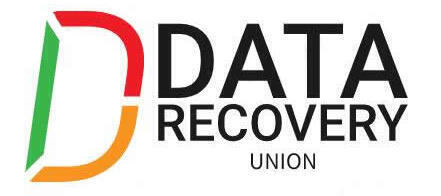
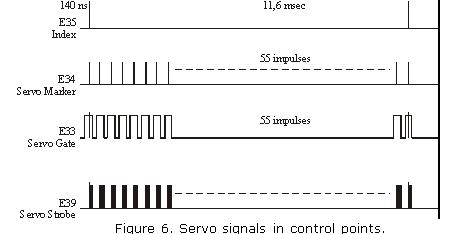
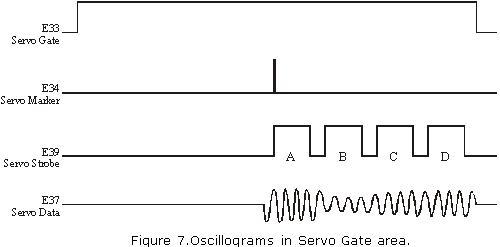
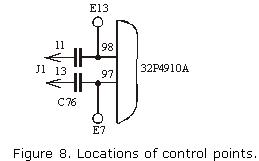
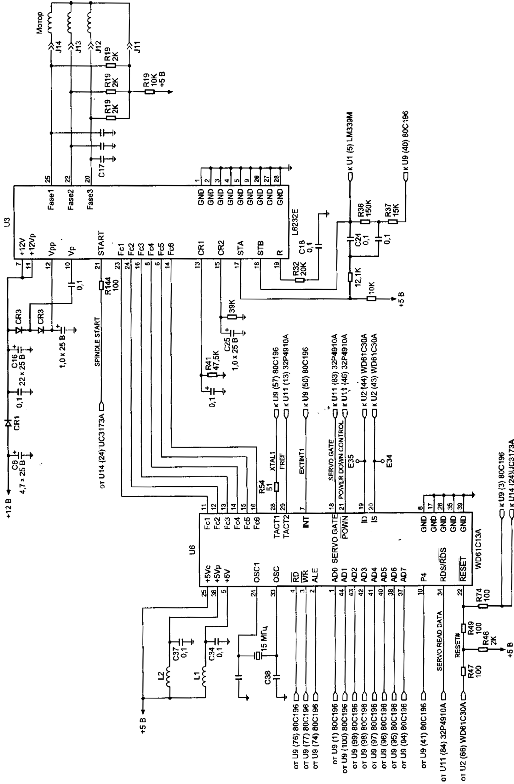
 EnCase Forensic is the industry standard in computer forensic investigation technology. With an intuitive GUI, superior analytics, enhanced email/Internet support and a powerful scripting engine, EnCase provides investigators with a single tool, capable of conducting large-scale and complex investigations from beginning to end. Law enforcement officers, government/corporate investigators and consultants around the world benefit from the power of EnCase Forensic in a way that far exceeds any other forensic solution.
EnCase Forensic is the industry standard in computer forensic investigation technology. With an intuitive GUI, superior analytics, enhanced email/Internet support and a powerful scripting engine, EnCase provides investigators with a single tool, capable of conducting large-scale and complex investigations from beginning to end. Law enforcement officers, government/corporate investigators and consultants around the world benefit from the power of EnCase Forensic in a way that far exceeds any other forensic solution.